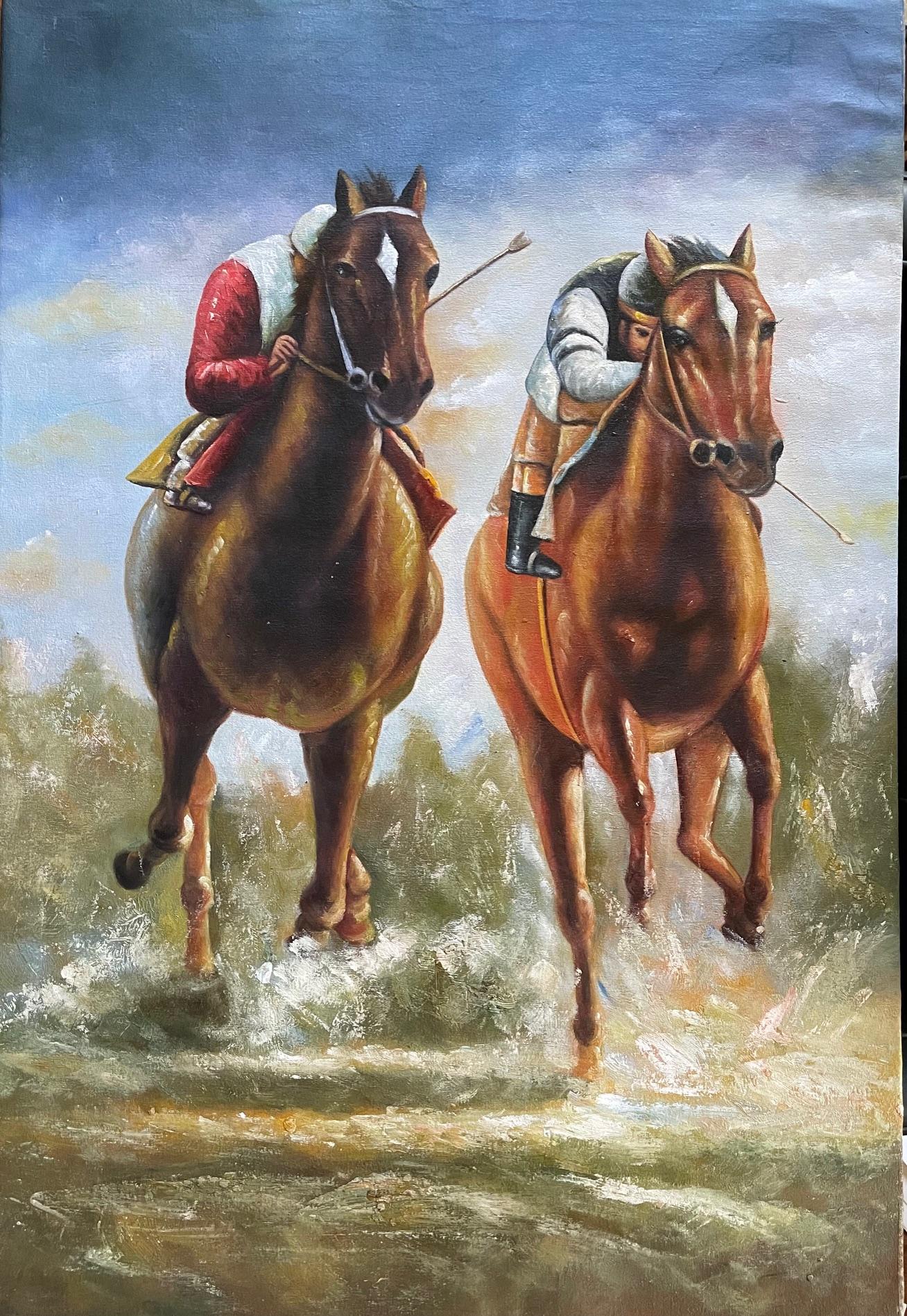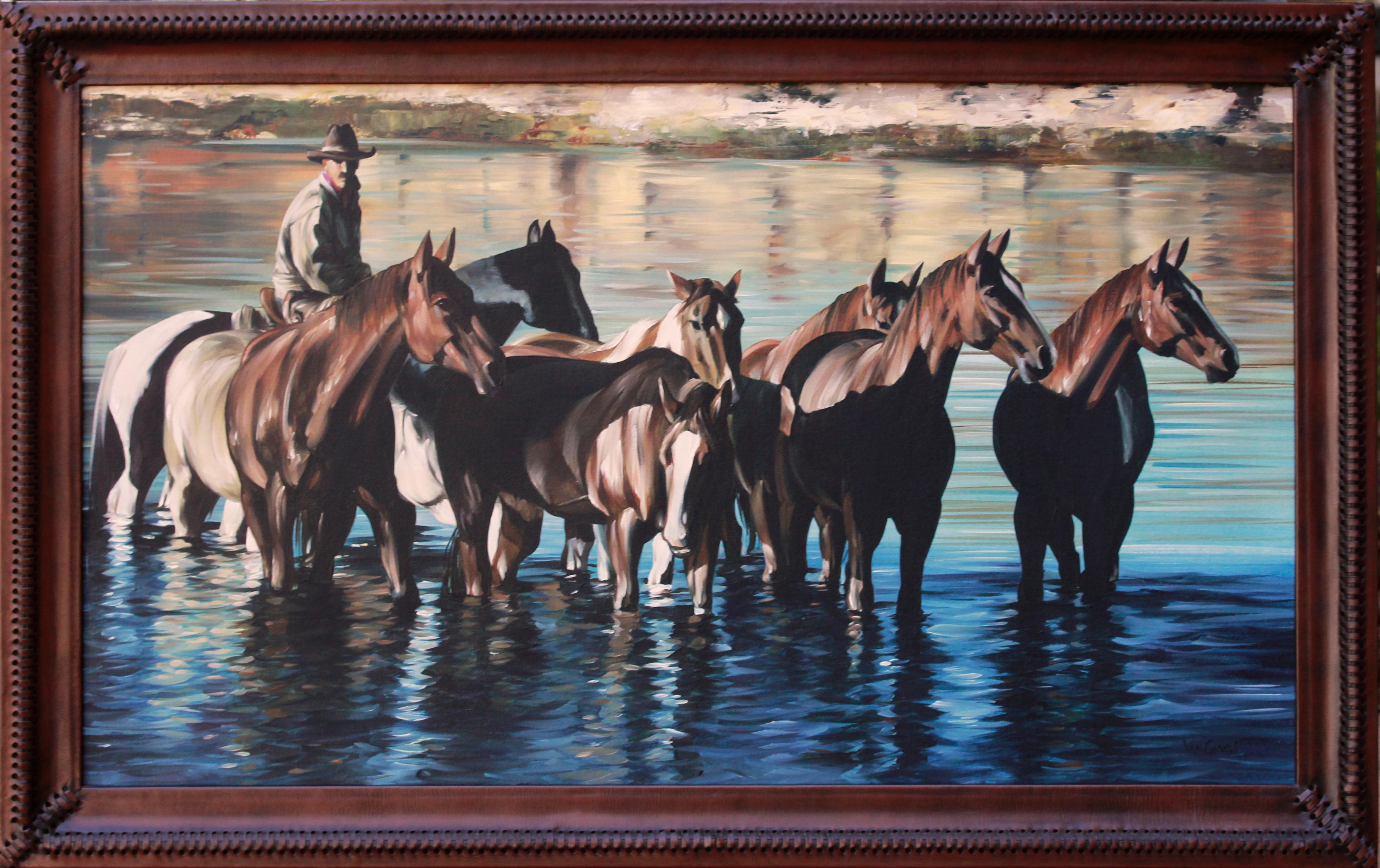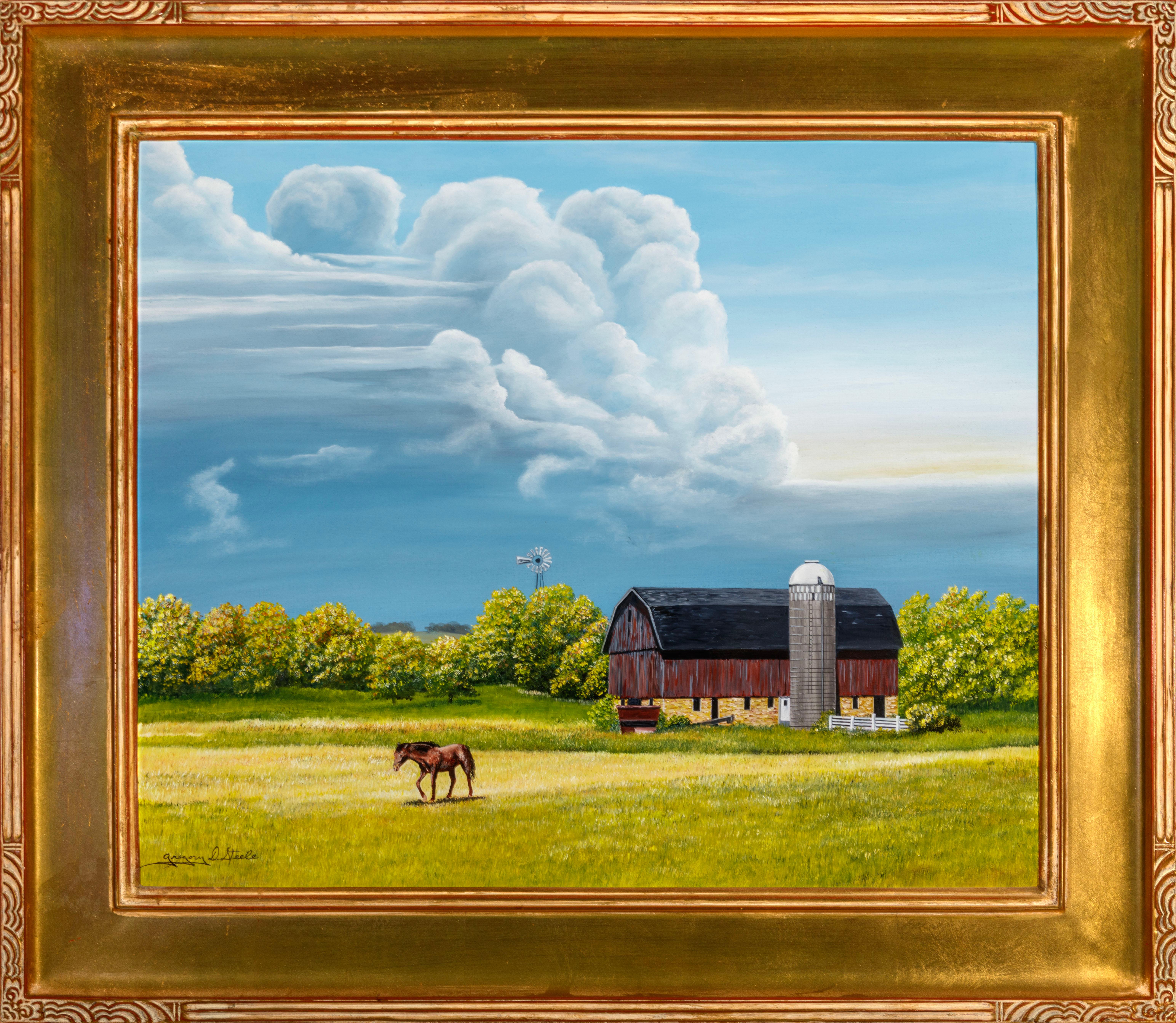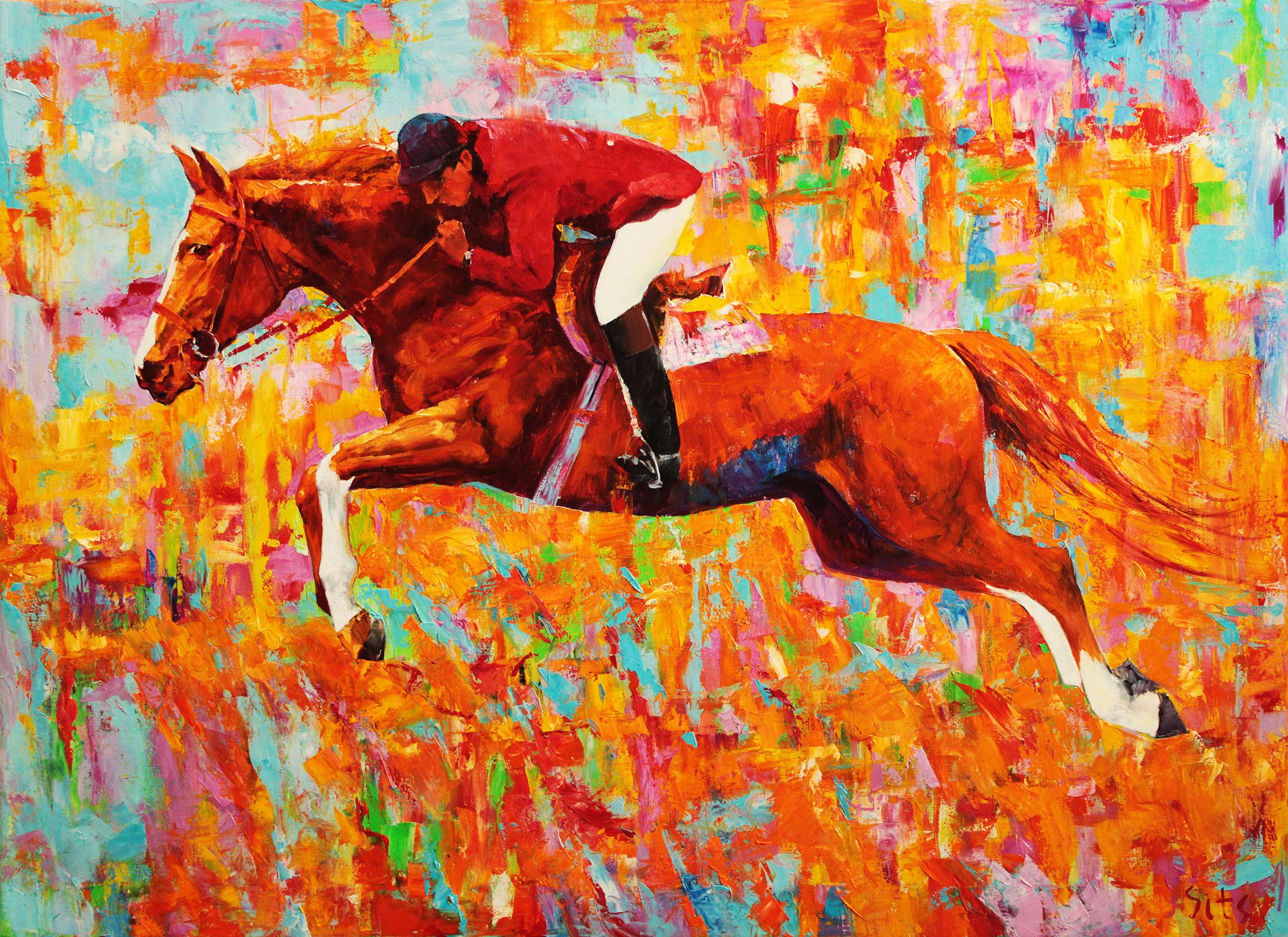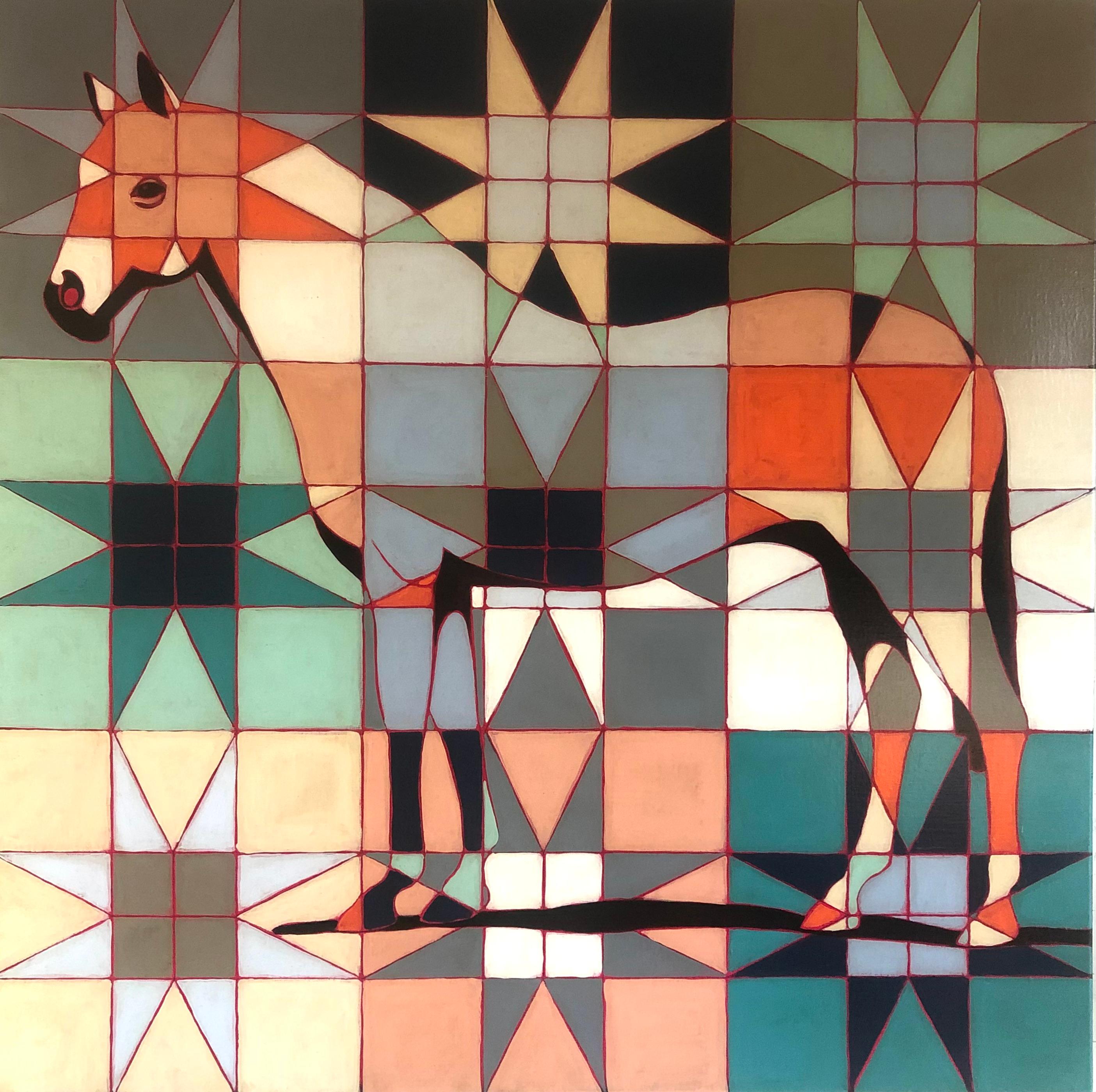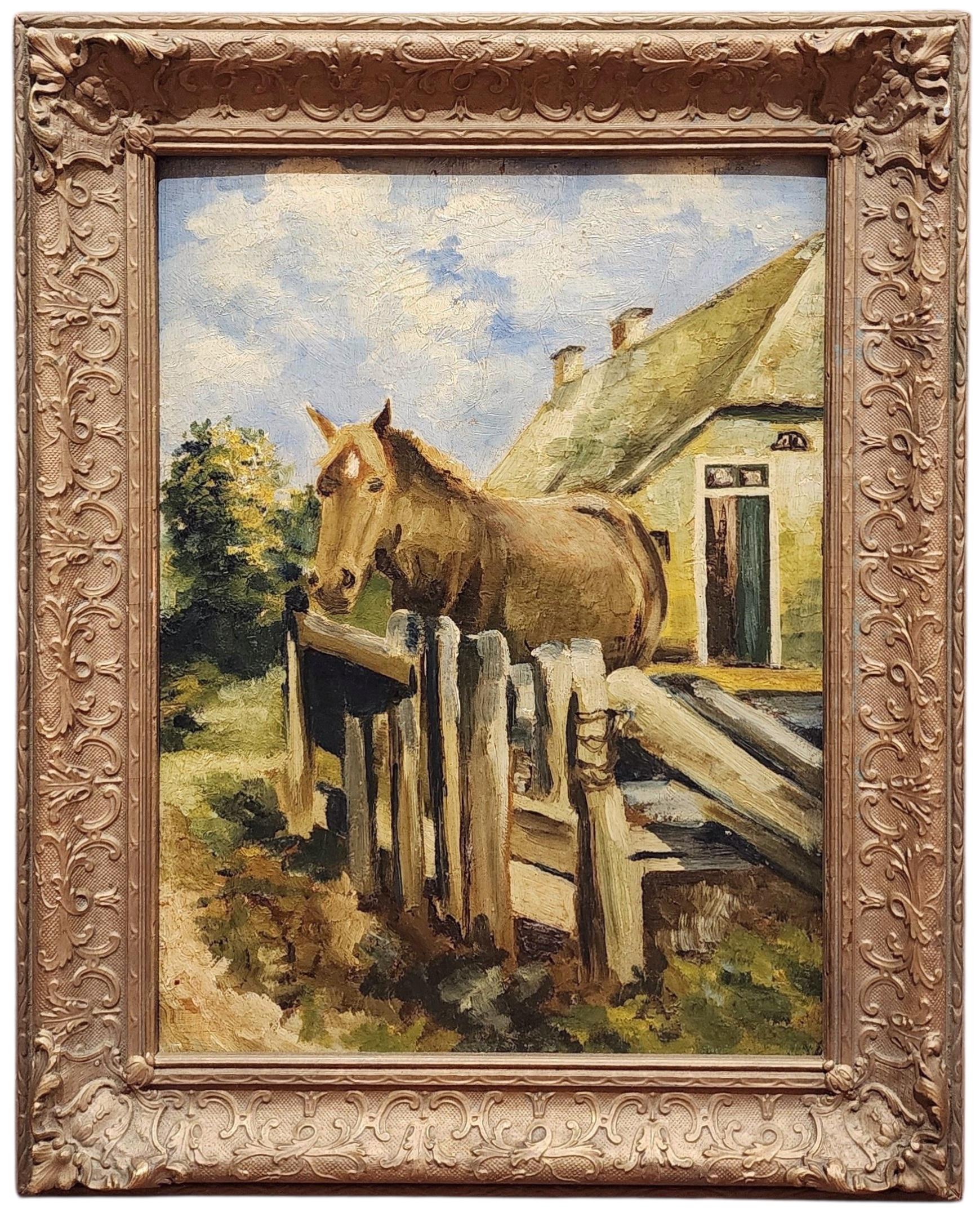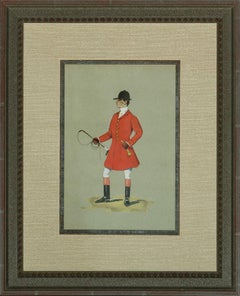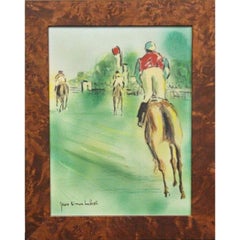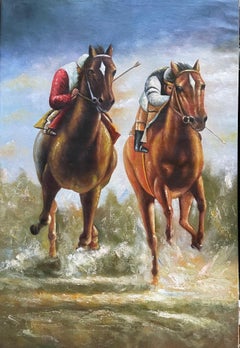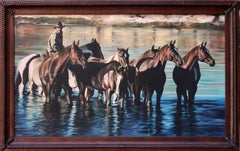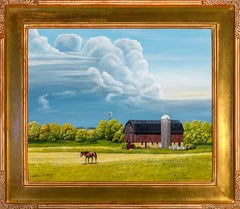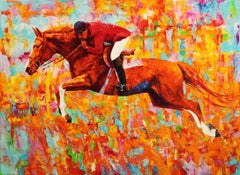Want more images or videos?
Request additional images or videos from the seller
1 of 6
UnknownFox Valley Stables
$750
£574.93
€658.05
CA$1,071.34
A$1,174.94
CHF 608.73
MX$14,117.77
NOK 7,662.89
SEK 7,191.84
DKK 4,916.27
About the Item
Classic hand-painted Fox Valley Stables wooden horse (double-sided) diagonal sign w/ horseshoes
Sz: 12 3/4"H x 21"W
- Dimensions:Height: 12.75 in (32.39 cm)Width: 21 in (53.34 cm)
- Medium:
- Period:
- Condition:
- Gallery Location:Bristol, CT
- Reference Number:Seller: 110821stDibs: LU126016836842
About the Seller
4.8
Vetted Professional Seller
Every seller passes strict standards for authenticity and reliability
Established in 2000
1stDibs seller since 2019
133 sales on 1stDibs
Typical response time: 1 hour
- ShippingRetrieving quote...Shipping from: Bristol, CT
- Return Policy
Authenticity Guarantee
In the unlikely event there’s an issue with an item’s authenticity, contact us within 1 year for a full refund. DetailsMoney-Back Guarantee
If your item is not as described, is damaged in transit, or does not arrive, contact us within 7 days for a full refund. Details24-Hour Cancellation
You have a 24-hour grace period in which to reconsider your purchase, with no questions asked.Vetted Professional Sellers
Our world-class sellers must adhere to strict standards for service and quality, maintaining the integrity of our listings.Price-Match Guarantee
If you find that a seller listed the same item for a lower price elsewhere, we’ll match it.Trusted Global Delivery
Our best-in-class carrier network provides specialized shipping options worldwide, including custom delivery.More From This Seller
View All"MFH"
Located in Bristol, CT
Dapper huntsman watercolour & gouache
Art Sz: 10 1/4"H x 6 7/8"W
Frame Sz: 19"H x 15"W
w/ silver gilt frame
Category
19th Century Drawings and Watercolor Paintings
Materials
Watercolor
$1,250
"Racing Stable Owner's Silkscreen Stable Sign"
Located in Bristol, CT
Frame Sz: 32 1/4"H x 32"W
w/ metal frame and plywood backing
*laminate finish w/ slight blotches*
Category
Mid-20th Century More Art
Materials
Screen
"Harness Trotter"
Located in Bristol, CT
Harness sulky hand-colour 19th century plate
Art Sz: 8 1/2"H x 12"W
Frame Sz: 12"H x 16"W
Category
19th Century Prints and Multiples
Materials
Lithograph
"Down The Stretch"
Located in Bristol, CT
Watercolor depicting five jockeys on race horses charging down the stretch
Art Sz: 6"H x 15"W
Frame Sz: 13"H x 23"W
w/ birdseye maple frame
Category
1930s Animal Drawings and Watercolors
Materials
Paper, Watercolor
"Off To The Races"
Located in Bristol, CT
Classic colour coaching print published 1949 by FAR Gallery Madison Ave NYC
Image Sz: 3 3/4"H x 7 1/2"W
Frame Sz: 6"H x 10"W
Category
1940s Prints and Multiples
Materials
Lithograph
You May Also Like
Racing Horses
Located in Chesterfield, MI
Kentucky Derby lovers---this is for you! Horse racing whether it the the Belmont or the Preakness--decorate for your home party with this moving oil painting rendition of racing ho...
Category
Late 20th Century Realist Animal Paintings
Materials
Oil
$160 Sale Price
20% Off
Cowboy and Horses
Located in Colorado Springs, CO
Original painting signed by the Artist on lower right.
Category
21st Century and Contemporary Contemporary Paintings
Materials
Oil
Barn with Horse
By Gregory Steele
Located in Milwaukee, WI
Framed 26.63 x 31.50 in
Category
2010s Landscape Paintings
Materials
Oil, Board
Show. Horses series.
Located in Zofingen, AG
In this vibrant creation, I've harnessed the raw power and rhythm of a galloping horse, depicted in a kaleidoscope of fiery oranges, vivid reds, and pulsating yellows. The fluid expr...
Category
2010s Abstract Expressionist Animal Paintings
Materials
Canvas, Oil
Horse 609
By Brian Hibbard
Located in Atlanta, GA
My paintings and sculptures bridge ancient and modern sensibilities. The subjects are often classical figures and portraits, but my use of materials is pure expressionism. I am mos...
Category
2010s Animal Paintings
Materials
Canvas, Mixed Media
$3,600
The Horse, Animal Painting
Located in Grand Rapids, MI
English School, Late 19th Century, Early 20th Century
" The Horse ", circa 1900
Oil on Board
16" x 12"
Housed in a 2 1/4" Ornamented Frame
Overall Size: 20 1/4" x 16 1/4"
Category
Late 19th Century Realist Animal Paintings
Materials
Oil, Board
